The Tapered Haircut: Your Ultimate Guide to Nailing the Perfect Look
I’ve spent what feels like a lifetime behind the stylist’s chair, and in that time, I’ve seen countless trends come and go. But one thing has never changed: the taper is the true mark of a skilled haircut. Seriously. It’s more than just buzzing the back of your head; it’s a craft that balances precision, artistry, and a genuine understanding of the person sitting in my chair. A great taper looks effortlessly sharp, grows out gracefully, and perfectly complements your head shape. A bad one? It can throw everything off, creating weird lines and unflattering angles. It’s the detail that separates a decent haircut from an absolutely fantastic one.
In this article
Alright, first things first, let’s clear something up. A lot of people use “taper” and “fade” interchangeably, but they’re not the same beast. Think of a fade as a transition that goes all the way down to the skin, literally disappearing. It’s a very bold, high-contrast look. A taper, on the other hand, is its more classic cousin. It’s a gradual shortening of the hair that follows your natural hairline, but it always leaves some length, even at its shortest point. It’s a softer, cleaner finish. Knowing this difference is step one to actually getting the haircut you’re picturing in your head.
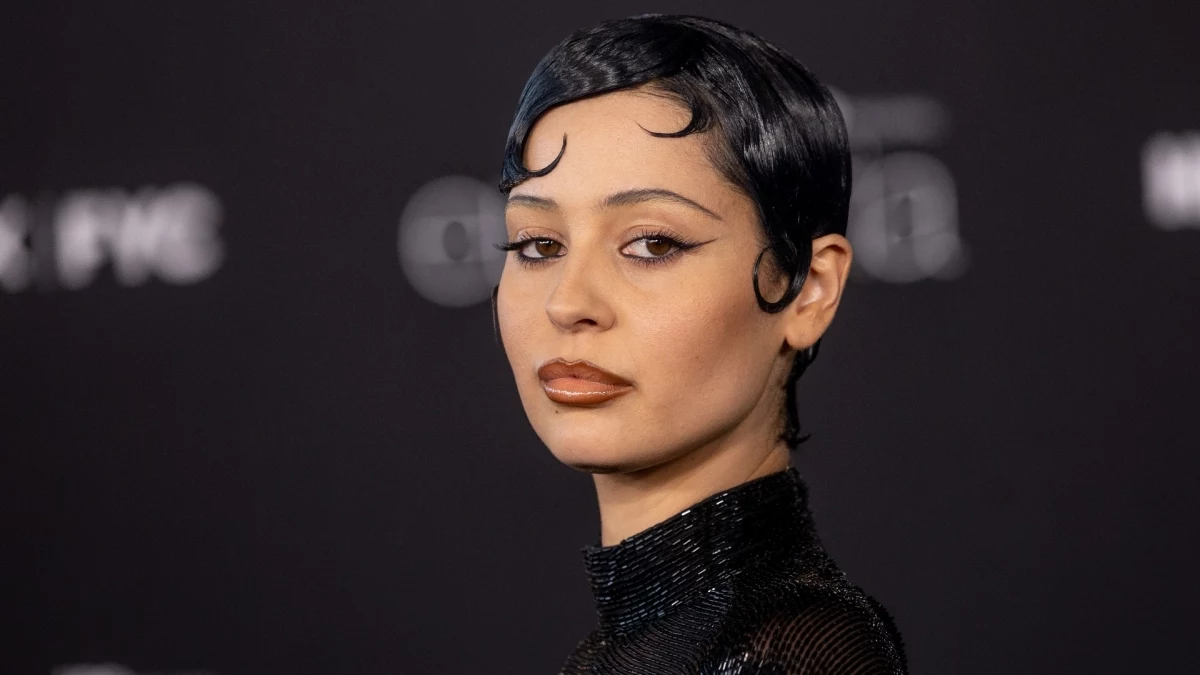
Honestly, the taper is one of the last things new stylists really master. It takes a super steady hand and a trained eye. It’s not about mindlessly running a clipper up someone’s neck; it’s about sculpting. So, let’s get into the nitty-gritty of this timeless haircut, from the basic principles to the pro techniques that make all the difference.
The ‘Why’ Behind the Cut: A Solid Foundation
Before any scissors or clippers even come out, a good stylist is doing some homework. A great haircut is built on understanding the fundamentals—the way hair behaves and the unique landscape of your head. When you get the ‘why,’ you can make it work for anyone.
Head Shape is Everything
The first thing I look at is a client’s head shape, especially the occipital bone. That’s the bone that curves out at the back of your head. Some people have a prominent one, while others have a flatter profile, and this completely changes the game.

If your head is on the flatter side, a well-executed taper is your best friend. It can build up weight and create the illusion of a more rounded, balanced shape. We do this by leaving the hair a touch longer as we work up toward that bone, often using a technique called clipper-over-comb. The comb lifts the hair just so, giving us total control. But for someone with a more prominent occipital bone, the goal is the opposite. We need to cut the hair tighter to the head to slim down the profile and create a smoother line. Pushing the taper too high would only make that bone look bigger. It’s all about creating balance.
Hair Density and Texture
How thick or fine your hair is also a massive factor. You can’t use the same approach for both.
- For Fine Hair: A taper can be a game-changer, making your hair look way fuller. By keeping the nape and sides super clean and short, we create a solid, darker base. This contrast makes the longer hair on top appear thicker. For this, I usually lean on clippers with a longer guard (like a
2 or
3) and finish with scissor-over-comb to keep things soft and avoid any harsh lines.
- For Thick, Coarse Hair: This hair type practically begs for a taper. It’s brilliant for carving out all that extra bulk around the ears and neckline, which makes styling so much easier. With really thick hair, I might start with a shorter guard (like a
1 or
1.5) at the very bottom and blend my way up. Texturizing shears are also key here. After the main shape is in, I’ll go back through and selectively remove internal weight so the hair lays flat instead of puffing out.

Growth Patterns & Annoying Cowlicks
This is where experience really, really counts. Just about everyone has a cowlick, whorl, or weird growth pattern, especially at the nape of the neck. If you just mow the clippers over a strong cowlick, I guarantee that hair is going to stick straight out. I’ve seen it a thousand times. The secret is to work with the hair’s natural direction, not against it. Sometimes that means leaving that little spot a bit longer or using a special cross-cutting technique to coax it into place. You can even hear the difference—the clippers make a different sound when you cut against the grain. Ignoring these little quirks is the number one reason a taper looks like a mess a week after you leave the salon.
Inside the Pro’s Toolkit: Techniques of the Trade
A flawless taper isn’t made with a single tool; it’s a careful dance between several. When I’m set up, I have my clippers, trimmers, and a couple of different shears all ready to go.
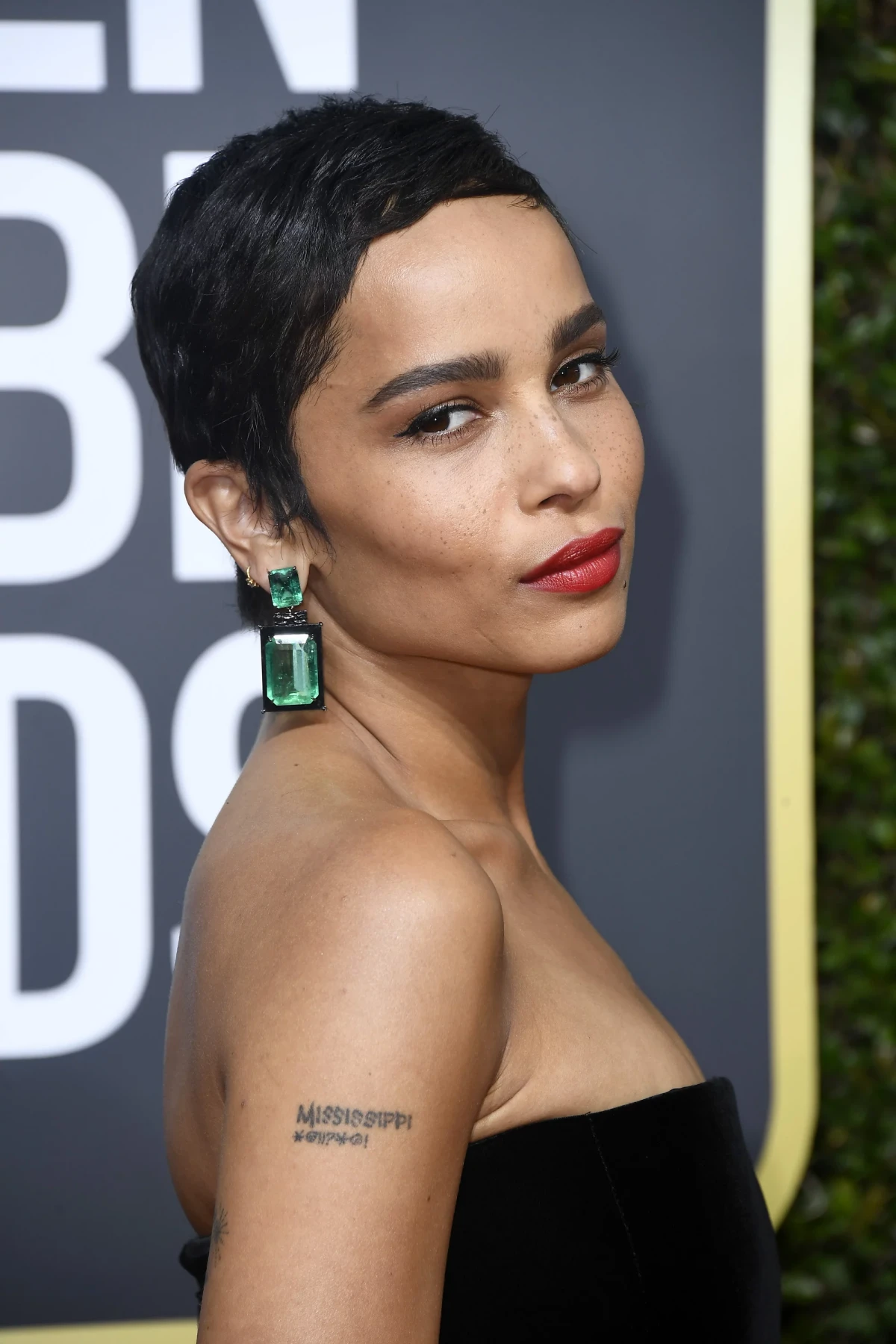
The Tools of the Craft
The tools a stylist reaches for can tell you a lot about their skill level.
- Clippers and Guards: These are the workhorses for removing bulk and setting the initial shape. The numbers on the guards are just measurements in eighths of an inch—a
1 guard leaves 1/8″, a
2 leaves 1/4″, and so on. A pro taper almost always involves blending at least three different guard lengths.
- Trimmers: These are for the fine details, like creating that crisp, clean line around your ears and at the neckline. They cut much closer than clippers. A steady hand can make this line razor-sharp or give it a softer, more natural edge.
- Shears (Scissors): Shears are for refinement and artistry. After the clippers do the heavy lifting, I use shears to seamlessly connect the short tapered sides to the longer hair on top. Scissor-over-comb is a must-know technique here, as it creates a much softer, more personalized blend than you could ever get with clippers alone.
- Texturizing Shears: Quick tip: these are not for cutting length. They’re for removing weight. I use them on thick hair to soften harsh lines and help the taper lie down nicely. In the wrong hands, they can create holes or choppy spots, so they demand respect.

The Finish Line: Blocked, Rounded, or Natural?
The finish of the neckline is just as important as the blend. You’ve generally got three choices, and each has its own look and maintenance reality.
- The Blocked Neckline: This is a sharp, square line cut at the bottom. It looks incredibly neat and tidy right out of the chair. The downside? It grows out messily because you’ve created an artificial line that fights your natural hairline. It’ll look fuzzy and untidy faster.
- The Rounded Neckline: This is just a softened version of the blocked look, where the sharp corners are rounded off. It’s a slightly less severe look and tends to grow out a little more gracefully than a hard, square line.
- The Tapered (or Natural) Neckline: This, in my opinion, is almost always the best option. The hair is simply allowed to follow its natural growth pattern and fade out to nothing. There are no harsh lines to maintain. It takes more skill to do well, but the payoff is huge—it grows out seamlessly and looks better for longer.
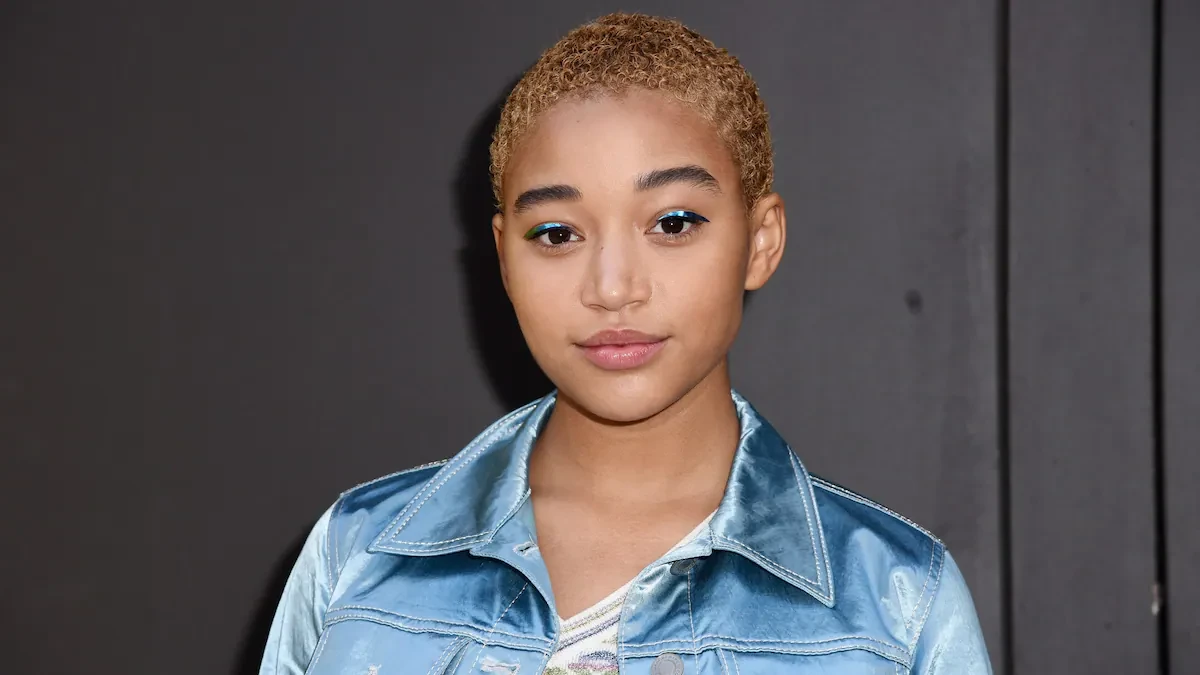
How to Talk to Your Stylist (and Get the Cut You Actually Want)
The best haircut always starts with a great conversation. Bringing a photo is awesome, but you also need to talk about your lifestyle and how often you’re willing to come back.
Finding the Right Pro
Before we even talk about what to say, how do you find someone who can deliver? Look for a few green flags. A great stylist or barber will always start with a consultation. They’ll ask about your routine, feel your hair, and look at your head shape from different angles. They should use a mix of tools—if they only use clippers with guards and nothing else, that can be a red flag. A pro uses shears for blending and personalization.
By the way, I once had a new client come in to fix a ‘taper’ he got somewhere else. It looked like a literal staircase was carved into the back of his head. The previous person had just slapped on a few different guards without any blending. It took a lot of careful scissor-over-comb work and some creative texturizing to soften those lines and make it look intentional while it grew out. That’s the difference a skilled hand makes.
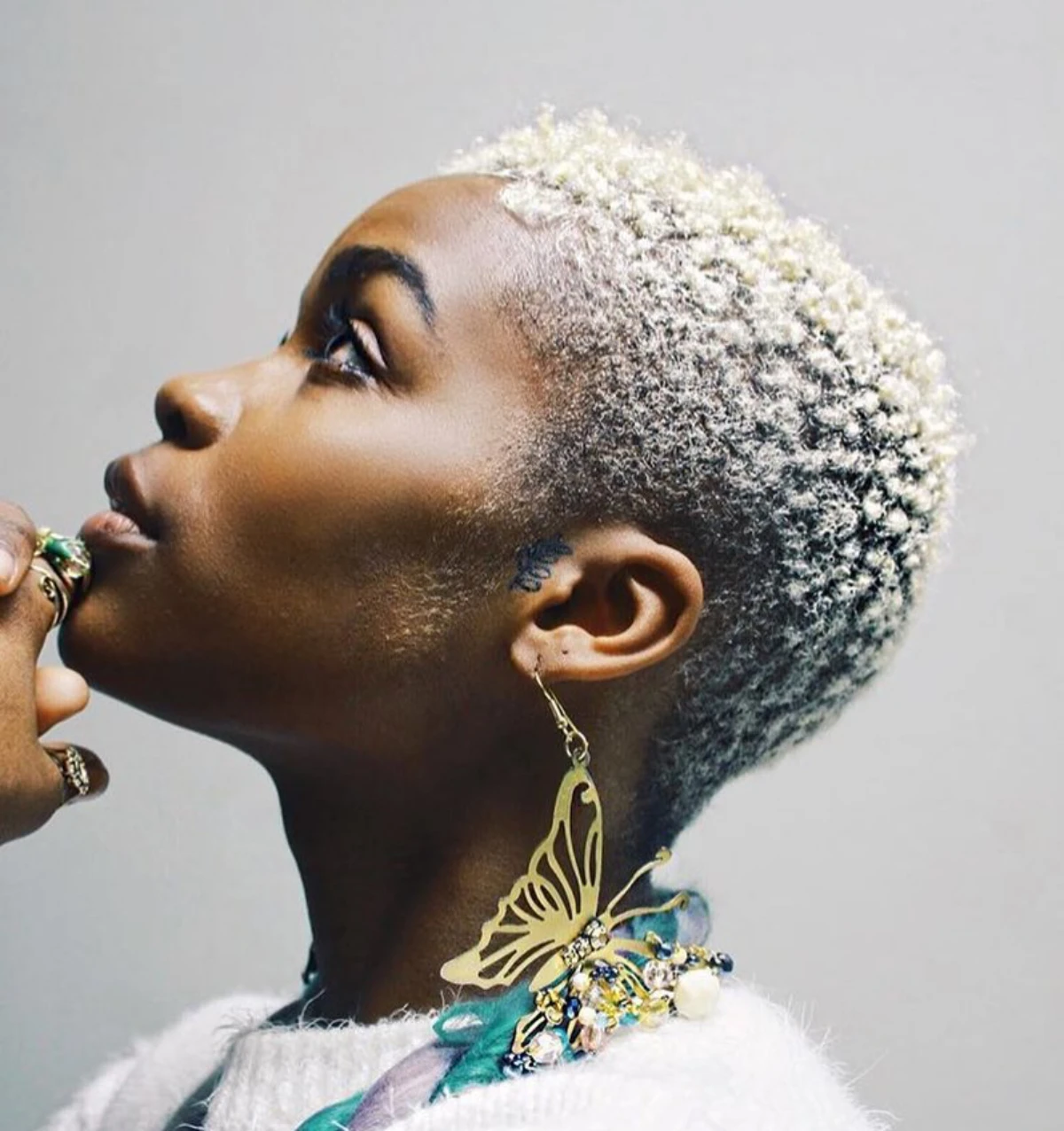
Your ‘Cheat Sheet’ for the Perfect Taper
Don’t just mumble, “I want a taper.” Get specific! Here are a few questions to help guide the conversation:
- “Based on my head shape, what kind of taper do you think would be the most flattering?”
- “How short should we go at the very bottom? Should we see skin, or should it be a bit longer?”
- “Given my cowlicks back here, do you think a natural or a blocked neckline would be better for me?”
- “How will this style connect to the longer hair on top?”
Oh yeah, let’s talk about price. A precision taper is an investment in skill. This isn’t a $15 quick cut. Expect to pay anywhere from $40 at a skilled barbershop to $80+ at a high-end salon. To keep it looking perfect, you’ll also want to budget for a cleanup every 2-3 weeks, which might run you about $25.
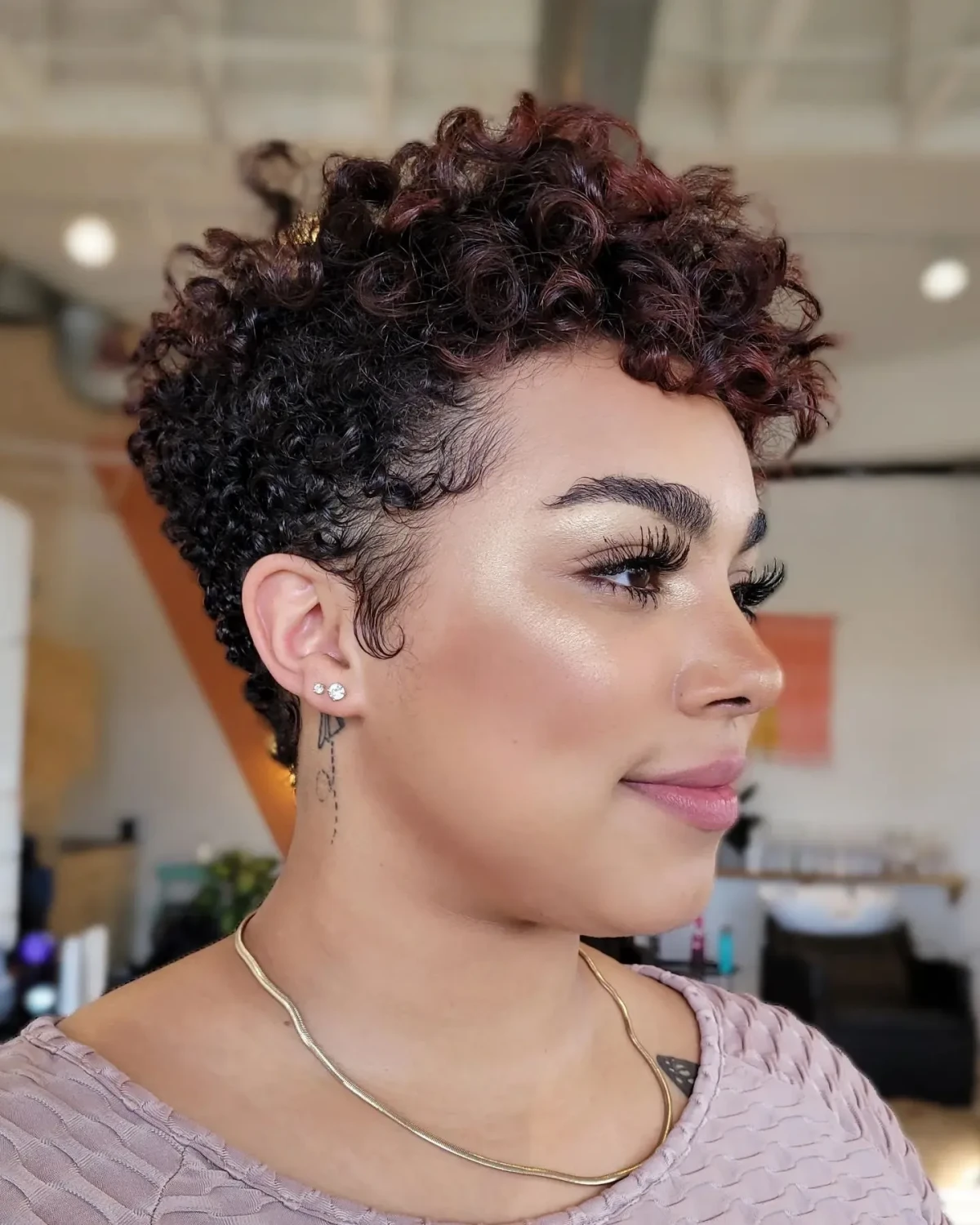
Tapered Styles in the Real World
The taper isn’t just one haircut; it’s the foundation for dozens of great styles, from corporate-ready to creative and edgy.
The Classic Barber’s Taper
This is that timeless, professional look. It’s neat, clean, and communicates that you’ve got it together. The taper is noticeable but not aggressively short, often paired with a classic side part. It’s the go-to for anyone needing a sharp, conservative style that always looks good.
The Tapered Pixie
A taper is absolutely essential for a great pixie cut. One of the most common mistakes with short haircuts is leaving the nape and sides too bulky or long, which can quickly venture into ‘mom cut’ or even mullet territory. A soft, clean taper at the nape keeps the silhouette sharp, chic, and feminine. It prevents that dreaded flip-out as it grows, making the cut look better for much longer.
At-Home Care & What to Do in a Hair-mergency
Your job starts when you leave the salon. The right product can make your taper pop.
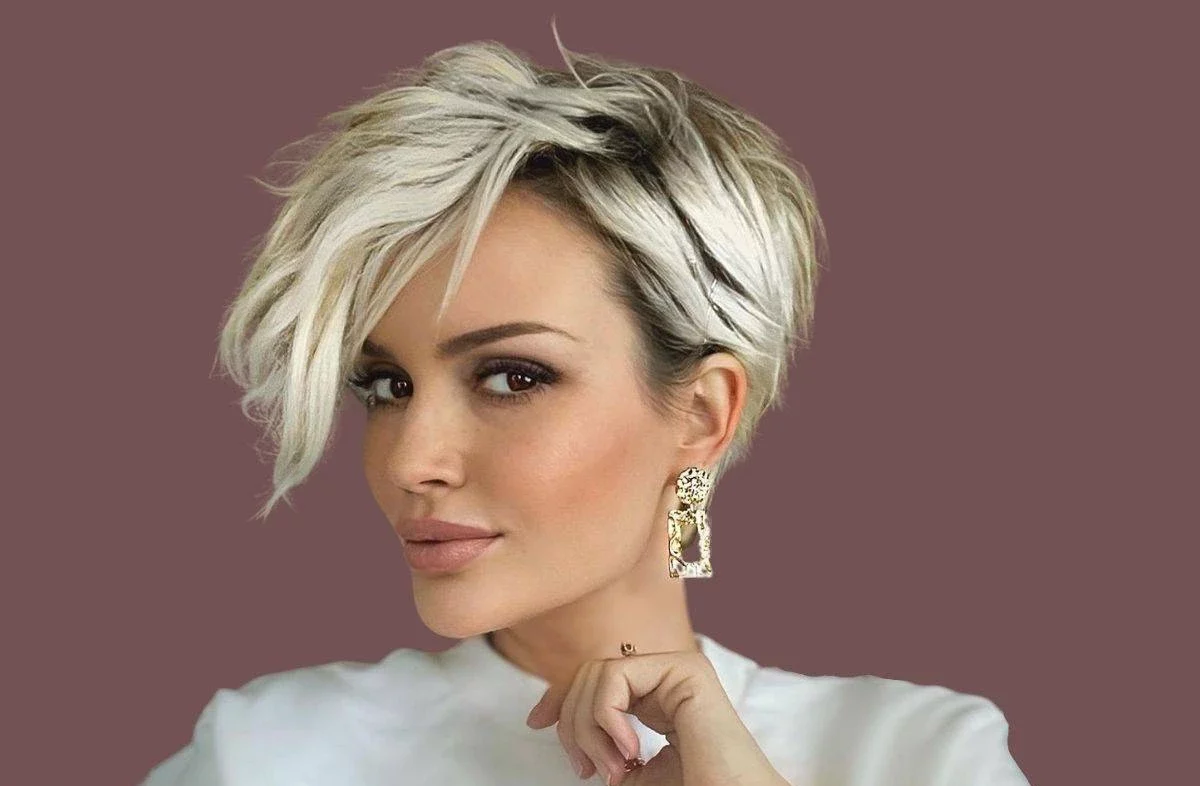
- For a matte, textured look, grab a hair clay.
- For some shine and stronger hold, a pomade is your best bet.
- For a soft, natural finish, a light styling cream is perfect.
Quick tip: Always start with a pea-sized amount, warm it up in your hands, and apply it from back to front. It’s easier to add more than it is to take it away!
And finally, a word of warning. I know it’s tempting to try and ‘clean up’ your neckline at home. Please don’t. One little slip with the clippers can create a hole or a crooked line that takes weeks to grow out. But if you do get a bad cut somewhere else, don’t panic. A good stylist can usually work some magic. Often, we can use scissor-over-comb techniques to soften hard lines and blend out mistakes, setting you on the right path for a healthy grow-out. A good cut is always worth waiting for.
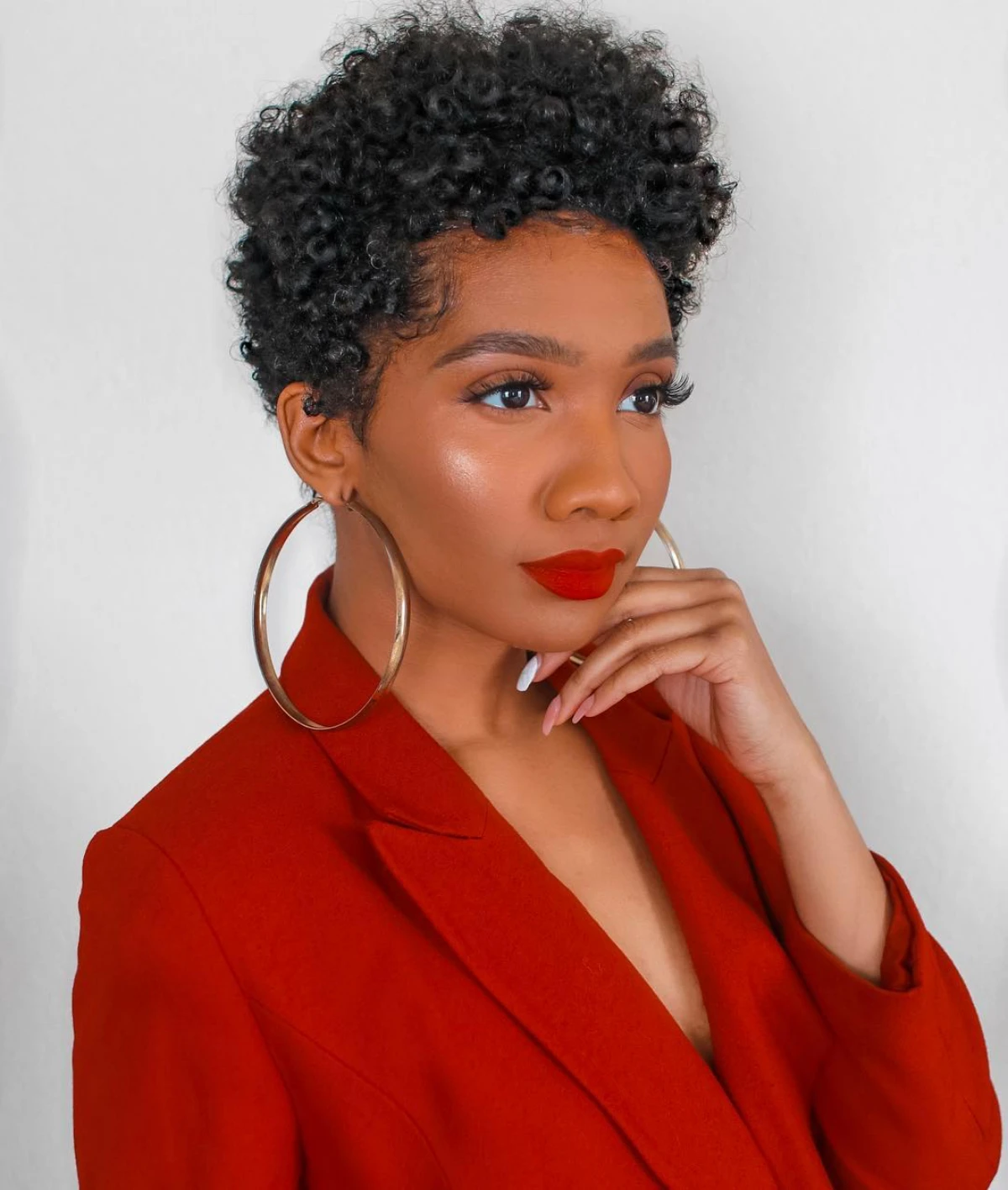
Galerie d’inspiration
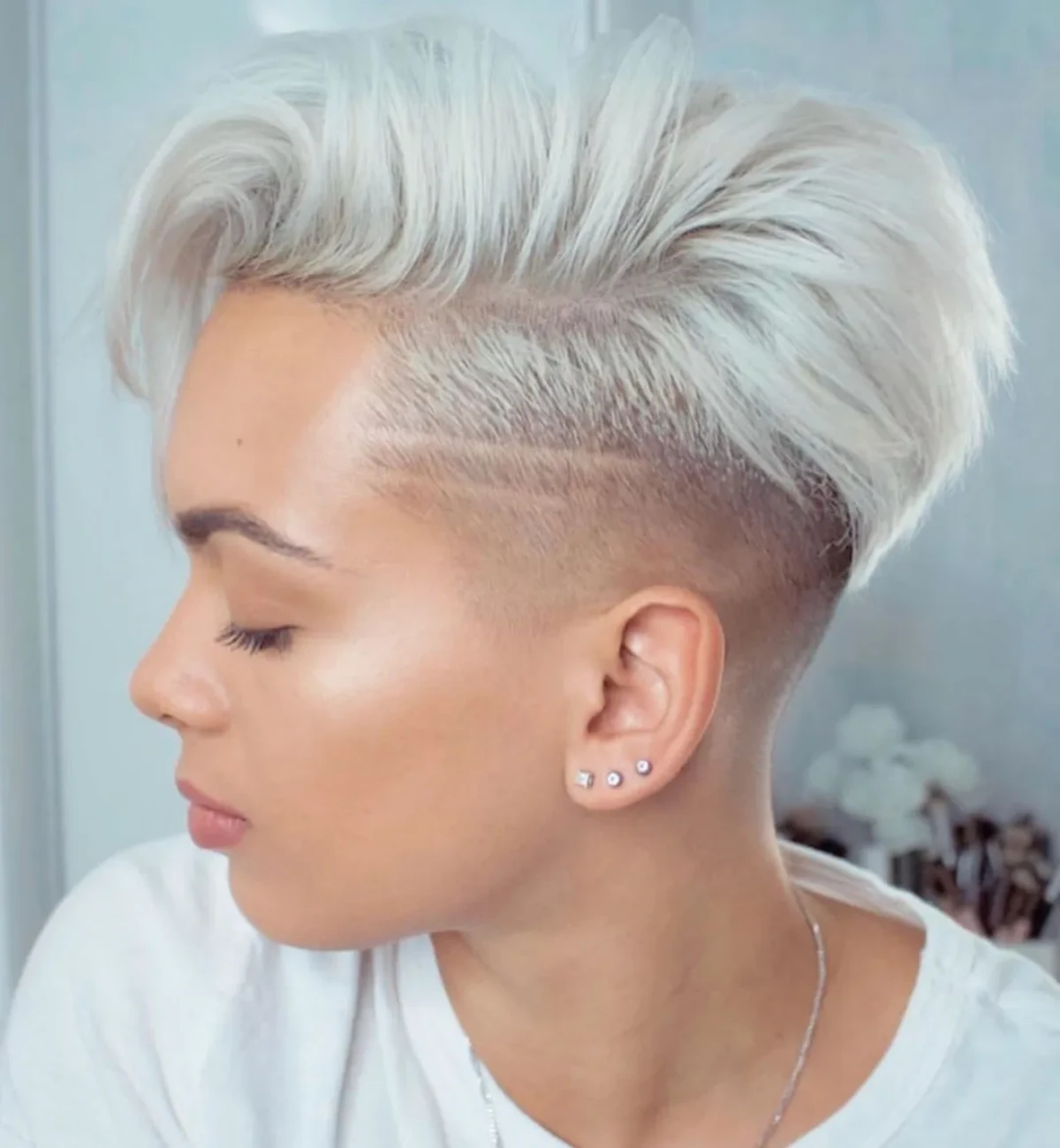
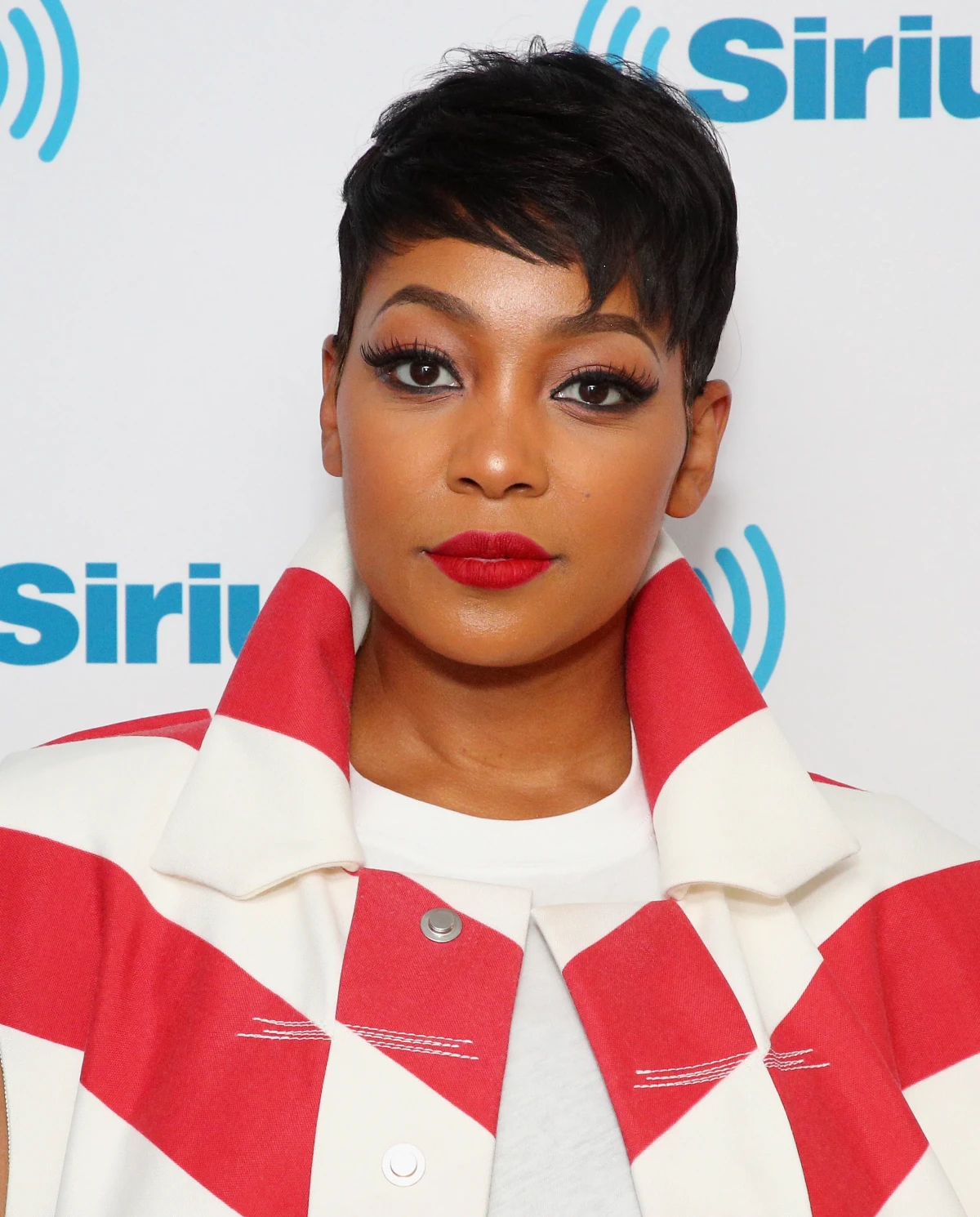
How do I make sure I get the exact taper I’m picturing?
Communication is key, but you don’t need to be a pro. Your best tool is your phone. Bring multiple photos of tapers you love and be specific about what you like: is it the softness of the blend? The sharpness of the hairline? Use descriptive words like
A great taper is designed to grow out well, but a little home maintenance keeps it looking sharp. The secret is all in the right products to maintain texture and control.
- For texture and lift: A dime-sized amount of a matte finish styling paste, like Oribe’s Rough Luxury Molding Wax, worked through the longer hair on top will add definition and prevent the style from falling flat.
- For clean lines: To tame stray hairs along the neckline between appointments, lightly mist a flexible-hold hairspray on a comb and gently sweep them into place. It keeps the edges looking polished without any stiffness.










